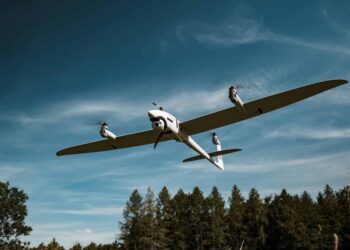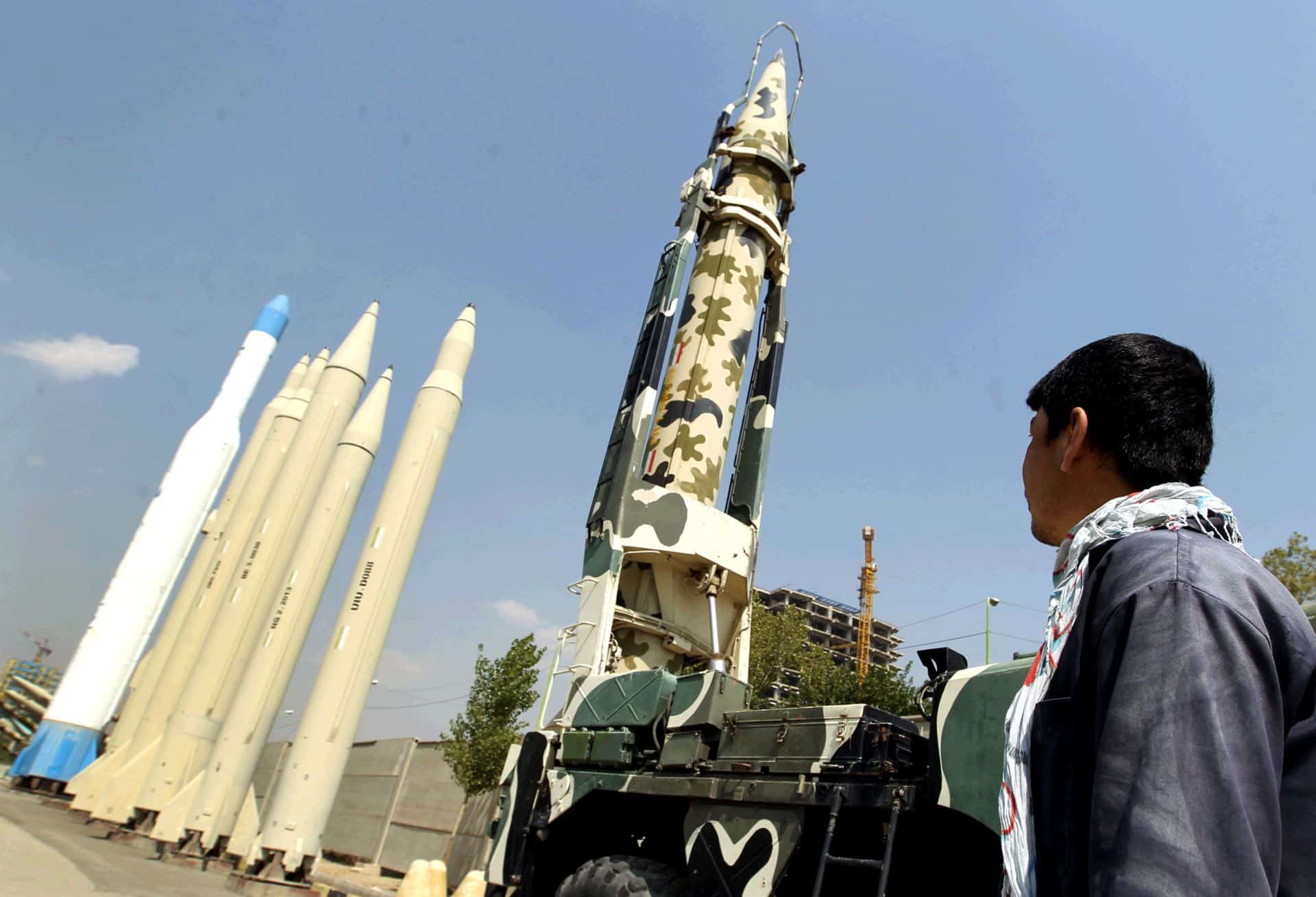Lockheed Martin Aeronautics Company, WASHINGTON: As the first F-35 Joint Strike Fighter moves toward its inaugural flight next year, the program continues to meet milestones on schedule and is planning for initial production and operational capability for the armed services.
Lockheed Martin F-35 JSF Program Manager Dan Crowley briefed the updated JSF program priorities to reporters at the Air Force Association's 2005 Air & Space Conference and Technology Exposition. Priorities include producing initial fighting capability for the military services, improving affordability through life-cycle cost reductions, awarding low-rate initial production (LRIP) contracts for the first phase of LRIP, maturing the plan to support and sustain the F-35 worldwide, and working continually to maintain the strength of JSF international partnerships.
Crowley's remarks came less than a week after electrical power for the first F-35 was switched on at Lockheed Martin in Fort Worth, Texas. The initial “power-on” milestone, achieved on schedule, was one in a string of recent successes for the program.
“The on-time accomplishment of initial power-on follows earlier victories in design, procurement, planning and component production,” Crowley said. “We're keeping our focus on getting the first F-35 into the air even as we lay detailed plans for low-rate production. We will ensure the armed services get exactly what they want and need in this 5th-generation fighter.
“At the same time, we want to make sure that the F-35 is affordable both to buy and to operate. Key to that equation is continuing to cultivate our relationships with the JSF international partners whose F-35s will fly alongside ours in future coalition operations. The U.S. is now entering F-35 production and sustainment discussions with those countries,” Crowley said.
Central to the program's success thus far is a unique and efficient government-industrial partnership that has justified sustained congressional support, Crowley added. This combination has enabled the program to confront and resolve challenges without sacrificing its essential capabilities and affordability.
“We must make certain that low-rate initial production starts on schedule, and to make that happen we're looking to Congress to protect the integrity of the program by approving long-lead LRIP funding for 2006,” he said.
The stealthy F-35 is a supersonic, multi-role, 5th-generation fighter designed to replace aging AV-8B Harriers, A-10s, F-16s, F/A-18 Hornets and United Kingdom Harrier GR.7s and Sea Harriers.
The first test aircraft, a conventional takeoff and landing (CTOL) F-35A, is scheduled to make its inaugural flight late in 2006. Component-level assembly is under way for the short-takeoff/vertical landing (STOVL) F-35B, which will be the second aircraft to enter flight testing.
Lockheed Martin is developing the F-35 with its principal industrial partners, Northrop Grumman and BAE Systems. Two separate, interchangeable F-35 engines are under development: one by Pratt & Whitney and the other by the General Electric Rolls-Royce Fighter Engine Team.
Headquartered in Bethesda, Md., Lockheed Martin employs about 130,000 people worldwide and is principally engaged in the research, design, development, manufacture and integration of advanced technology systems, products and services. The corporation reported 2004 sales of $35.5 billion.
Germany says adding explosive drones to weapons arsenal
Germany said Friday it would buy explosive drones for the first time as Berlin boosts investments in its armed forces...









